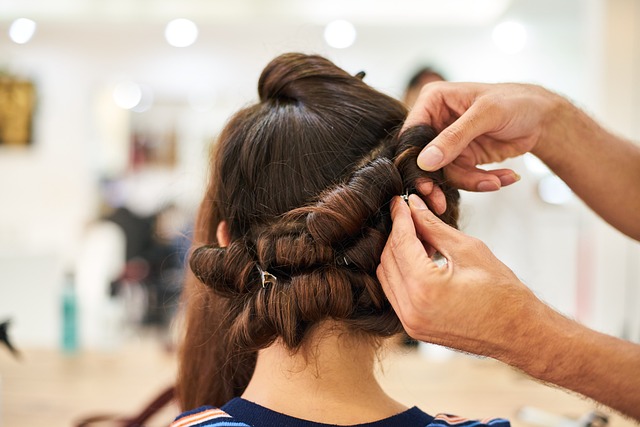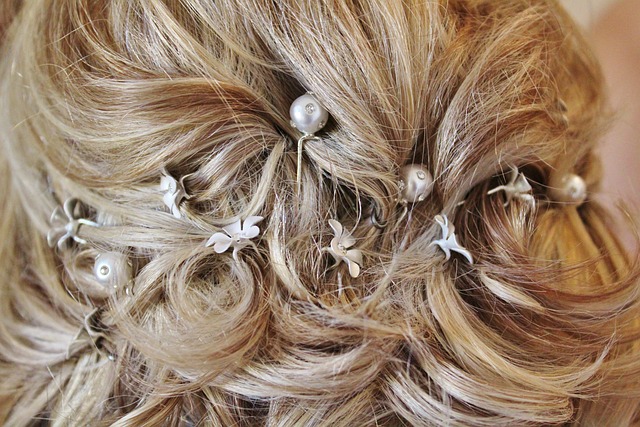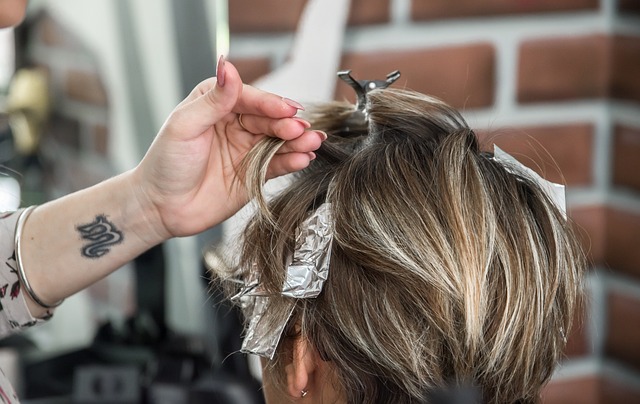
The Ultimate Guide to Caring for Thin Hair: Tips for Volume and Healthy Locks
If you have thin or fine hair, you know the struggle of trying to achieve volume, maintain style, and keep your hair looking healthy. Thin hair often lacks density, making it prone to flatness, breakage, and oiliness. But don’t worry—caring for thin hair doesn’t have to be a challenge. With the right care routine, styling tips, and products, you can give your hair the lift and fullness it deserves.
Here’s everything you need to know about caring for thin hair, brought to you by BeauticianHQ!
1. Understand Thin Hair vs. Fine Hair
Before diving into care tips, it’s important to distinguish between thin and fine hair. While these terms are often used interchangeably, they refer to different characteristics:
Thin Hair: This refers to the number of hair strands you have. People with thin hair have fewer strands on their scalp, which gives the appearance of less volume.
Fine Hair: Fine hair describes the diameter or thickness of each individual strand. You can have fine hair but still have a lot of it (thick density), or you can have both fine and thin hair.
Regardless of which category your hair falls into, the following tips will help you add volume and keep your locks looking full and healthy.
2. Use Lightweight, Volumizing Products
One of the best ways to care for thin hair is to choose lightweight, volumizing shampoos and conditioners. Heavy formulas can weigh down your hair, making it look even thinner. Look for products labeled “volumizing,” “lightweight,” or “thickening.” Ingredients like biotin, keratin, and proteins can help strengthen the hair and give it more body.
Avoid heavy conditioners and deep treatments that can make your hair limp. Instead, focus on applying conditioner only to the ends of your hair to prevent flattening at the roots.
3. Wash Regularly but Avoid Over-Washing
Thin hair tends to get oily faster than thicker hair types because there’s less hair to absorb oil from the scalp. Regular washing is key to keeping your hair looking fresh and full. However, be careful not to over-wash, as this can strip your scalp of natural oils and cause it to produce even more oil.
Aim to wash your hair every 2-3 days with a gentle, volumizing shampoo to keep it clean and light. If you feel like your hair needs a refresh in between washes, a lightweight dry shampoo can help absorb excess oil without weighing down your strands.
4. Be Gentle with Your Hair
Thin hair is more prone to breakage, so it’s important to handle it with care. Avoid rough towel drying—gently pat your hair dry instead. Use a wide-tooth comb or a brush designed for fine hair to detangle, starting at the ends and working your way up to avoid pulling and breaking your strands.
If you use heat tools, always apply a heat protectant spray first to shield your hair from damage, and try to limit the frequency of heat styling to keep your hair healthy and strong.
5. Add Volume with the Right Styling Techniques
For thin hair, styling is key to creating the illusion of fuller, thicker locks. Here are some tips to help you achieve the volume you desire:
Blow-Dry Upside Down: When blow-drying, flip your head upside down and direct the airflow towards your roots. This will lift your hair at the scalp and add more volume.
Use Velcro Rollers or a Round Brush: After blow-drying, use velcro rollers or a round brush at the roots to create extra lift and bounce. Let your hair cool in the rollers or brush for longer-lasting volume.
Switch Your Part: Changing your part can instantly add volume to your hair. Try flipping your part to the opposite side for an easy way to lift your roots.
Avoid Heavy Styling Products: Stick to lightweight mousses, sprays, or texturizing powders that are specifically designed for fine or thin hair. Avoid heavy gels, creams, or serums that can weigh your hair down and make it look flat.

6. Opt for Layered Haircuts
A great haircut can work wonders for thin hair. Adding layers to your hair can create movement and the illusion of fullness. Ask your stylist for a layered cut that gives your hair shape and volume without sacrificing length. Short to medium-length cuts, such as bobs or shoulder-length layers, are particularly flattering for those with thin hair.
Avoid overly blunt cuts, as they can make thin hair look flat and lifeless. Layers, on the other hand, give your hair texture and volume.
7. Eat a Hair-Healthy Diet
Your diet plays a significant role in the health of your hair. Eating foods rich in vitamins and nutrients that support hair growth can help improve the thickness and strength of your hair. Key nutrients include:
Biotin: Found in eggs, nuts, and seeds, biotin supports healthy hair growth and strengthens hair strands.
Protein: Since hair is made of protein (keratin), getting enough protein in your diet is essential for maintaining strong, healthy hair. Lean meats, fish, and legumes are great sources of protein.
Iron: Low iron levels can lead to hair thinning. Make sure to include iron-rich foods like spinach, lentils, and red meat in your diet.
8. Use Scalp Treatments
A healthy scalp is essential for healthy hair. Scalp treatments that exfoliate and stimulate circulation can help promote hair growth and keep your hair looking full. Products containing ingredients like peppermint, rosemary, and caffeine can stimulate your scalp and create a better environment for hair growth.
You can also massage your scalp with a few drops of nourishing oil (like jojoba or castor oil) to encourage circulation and hydrate the skin underneath your hair.
9. Avoid Tight Hairstyles
Tight ponytails, braids, or buns can put stress on your hair and lead to breakage or hair thinning. Whenever possible, opt for loose hairstyles or use soft, fabric-covered hair ties to minimize damage. Giving your hair a break from tight styles can help maintain its strength and prevent unnecessary shedding.
10. Consider Volumizing Treatments
For those looking for more long-lasting volume, there are treatments available at salons designed specifically for fine or thin hair. These include volumizing perms, keratin treatments, and root-lifting treatments that give your hair body for weeks at a time.

Conclusion
Caring for thin hair doesn’t have to be complicated. By using the right products, techniques, and treatments, you can achieve volume and keep your hair looking healthy and full. Whether you embrace your natural texture or style your hair for added lift, following these tips will help you love your thin hair.
At BeauticianHQ, we connect you with beauty professionals who specialize in hair care and styling for every hair type. Ready to give your thin hair the care it deserves? Unlock the Door to Beauty and book your next hair appointment with one of our expert stylists today!
- October 3, 2024
- 134
- Uncategorized
- 0 comment





Add Comment